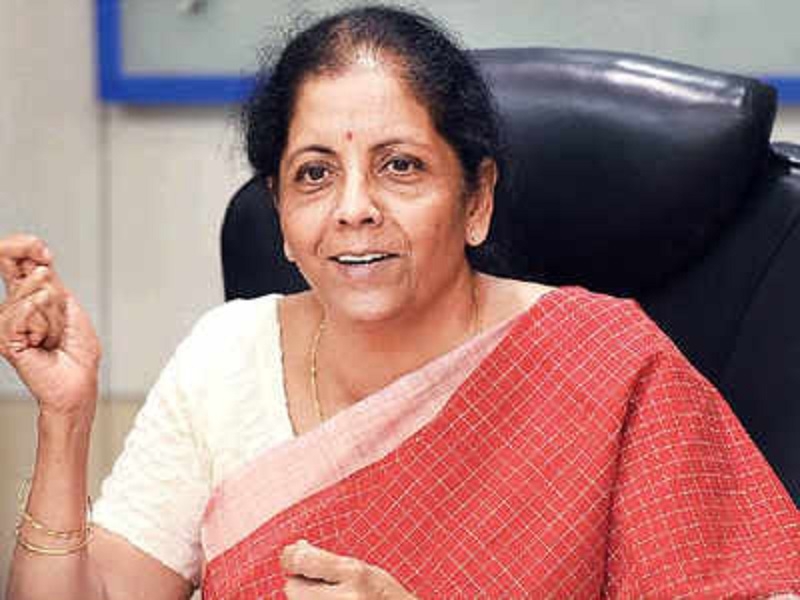POSITIVE SIGNS
| Date :03-Jan-2020 |

FINANCE Minister Ms. Nirmala Sitharaman’s Rs. 102 lakh crore push to infrastructure growth received an over all welcome as such a major step was necessary to revive the sentiment in the domestic market. Being the major generator of employment and being the trigger for galvanising economic activity across several sectors such a boost was long overdue. But having announced the ambitious plan for the next five years, the issue of funding it would remain a major challenge for the Government, especially when the financial sector is passing through a very delicate phase. Ms. Sitharaman had indicated some measures to meet the funding requirements through various innovative measures.
One of the important sources of revenue generation is the revolutionary Goods and Services Tax (GST) to be supplemented by direct tax collection. Ever since the launching of GST three years ago there was some concern over meeting the tax collection targets, so much so that the Central Government found it difficult to pay the State’s share of the collected indirect tax and also was unable to compensate the states the shortfall in their State GST collection. A series of meetings of the GST Council, chaired by the then Finance Minister late Mr. Arun Jaitley and now under Ms. Sitharaman, have tried to remove whatever bottlenecks the system may have and bring in simplification in compliance by tax-payers.
As a result the tax categories and incidence of taxation on goods and services have also been cut in a substantial manner to ease the pressure on the consumers and help generate demand. Many more measures are being taken to stabilise the GST regime. And these efforts, it appears, have begun to bear fruits now if the GST collection figures released by the Government is any indication of revival of consumption. The Government is now confident that its GST target set in the budget is within reach. According to the Government figures for the last two months, November and December, the tax collection has averaged over one lakh crore which was below that level during the same period last year. This reflects an improvement in domestic consumption over which the Government and the corporate sector were worried and because of which investment plans were being put in abeyance.
This was also reflected in factories and other critical sectors of the economy not functioning at their full capacities. However, GST collection from imports is yet to pick up which points to sluggishness in domestic activity. But at the same time there are positive signals coming from automobile sector, which was one of the worst hit besides the reality sector due to ongoing global economic slowdown. Atleast two major automobile companies, Maruti and Mahindra and Mahindra, have reported uptick in their sales in the last two months. They have begun the new year on a positive note. Besides there are reports in the media that bullish hiring sentiment prevails in the private sector and are expected to generate over seven lakh jobs, besides an overall salary increase of eight p.c.
What is more, most of these jobs are expected to be created by start-ups. Thus the Government’s planned effort to give a boost to the start-ups is beginning to pay dividends. While as usual mega cities like Mumbai, Bengaluru, Delhi, Pune, Chennai, Hyderabad, Ahmedabad, the technology hubs of the country, will remain in focus as job creation centres, tire two and tire three cities too can look forward to good days as corporate houses disperse their activities to smaller towns in their cost cutting effort. As the Government unleashes various plans to give impetus to economic growth and the corporate sector gets interested in planning its own moves the next few months would be of critical importance and interesting for the country’s economic growth.